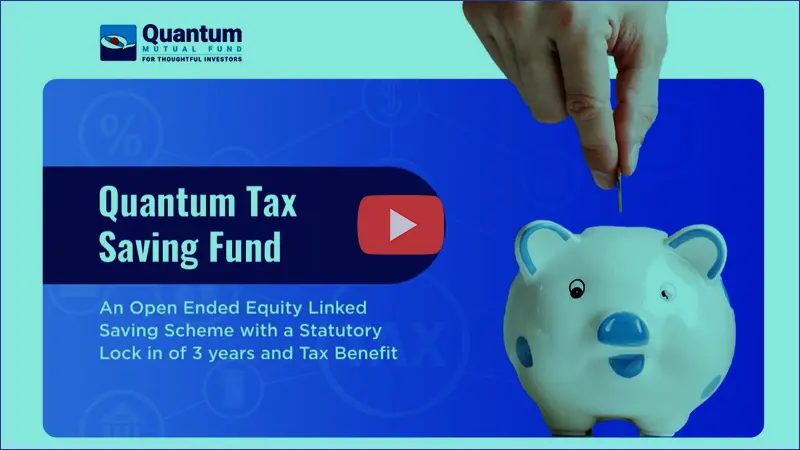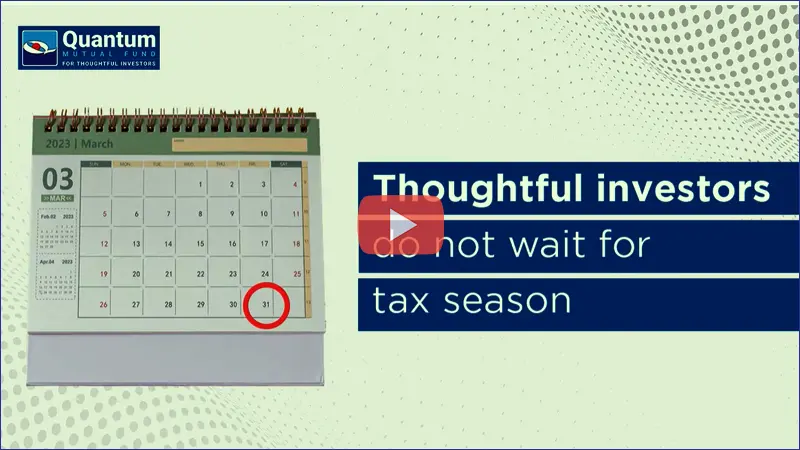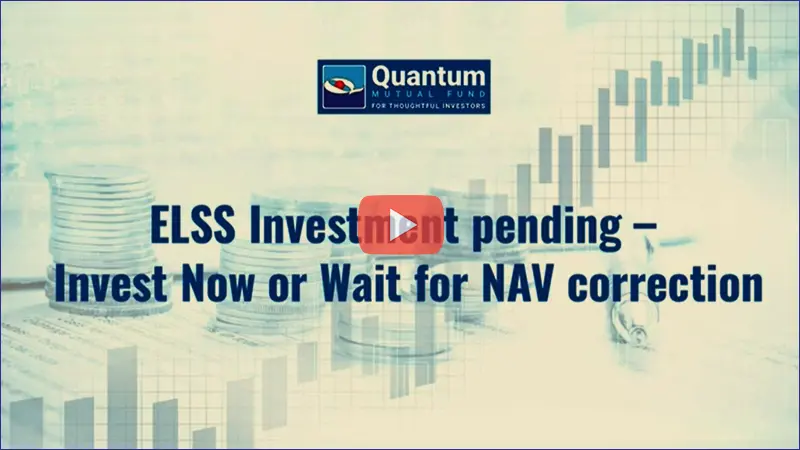Every penny legitimately saved from tax is a penny earned. If you are looking to save tax, Equity Linked Savings Scheme or ELSS -- also known as tax-saving mutual funds -- is one of the tax-saving avenues that entitles you to a deduction of up to Rs 1.50 lakh under Section 80C of the Income Tax Act, 1961 in the financial year in which the investment is made. Not just tax-saving, with investment in ELSS your hard-earned money also potentially grows over the long term. Thus, there is a dual benefit: tax-saving and wealth-building.
What is ELSS?
The capital market regulator, SEBI, defines ELSS as a scheme that invests a minimum of 80% of total assets in equity & equity related instruments (in accordance with Equity Linked Saving Scheme, 2005 notified by Ministry of Finance) and will carry a statutory lock in of 3 years and offer tax benefit under Section 80C.
The three key features of an ELSS are

Invests at least 80% of its total assets in equity and equity-related instruments

Has a mandatory lock-in period of three years (which means money cannot be withdrawn for three years)

Helps you avail of a deduction of up to Rs 1.5 lakh under Section 80C of the Income Tax Act, 1961 in the financial year in which the investment is made
What is the investment objective of an ELSS?
Broadly the investment objective of an ELSS is "to achieve long-term capital appreciation by investing primarily in equity and equity-related instruments."
Where does an ELSS or tax-saving mutual fund deploy its assets?
The dominant 80% of the total assets of an ELSS are invested in stocks across marketisation (largecap, midcap, and smallcaps) and sectors as per its investment process defined in SID. In a sense, an ELSS usually is market-cap and sector agnostic. So, its portfolio is diversified. Quantum ELSS Tax Saver Fund is an elss that follows a value style of investing. moreover, it adopts a bottom-up in the stock selection process, holds cash when stocks are overvalued (no derivatives, no hedging), and has a low portfolio turnover ratio.
Five Reasons to invest in Quantum ELSS Tax Saver Fund

Optimize tax saving under section 80C

Uses a bottoms-up stock selection process to minimize risk

Follows a disciplined research and investment process

Holds cash when stocks are overvalued no derivatives and no hedging

Has a low portfolio turnover
Generally, when the markets are volatile or are experiencing a downturn, it is value investing that has the potential to add value to your portfolio. Hence, holding a value-style tax saving fund makes sense.
How to choose the best ELSS?
Avoid selecting an ELSS just by looking at past returns. Past performance is not an indicator of future returns. For a prudent selection, check for:

The expense ratio
The quality of the underlying portfolio
The risk-adjusted returns generated
How the scheme fared across market phases (bulls and bears)
And the overall investment processes and systems followed by the fund house
To invest money in ELSS you broadly have two types

IDCW option
This one is the “Income Distribution cum Capital Withdrawal" -- erstwhile known as the dividend option...
This one is the “Income Distribution cum Capital Withdrawal" -- erstwhile known as the dividend option. Investors can either opt for dividend payout or reinvest. In the case of the former, the dividend is paid out while the latter, as the name suggests, reinvests the dividend whereby new units are added. For withdrawal, the payout is appropriate, while for unit additions the reinvestment option is. Keep in mind that dividends declaration is at the discretion of the fund house, plus the dividend earned is taxable in the hands of the investor.

Growth options
This one’s suitable for long-term wealth creation...
This one’s suitable for long-term wealth creation, and not looking for withdrawal.
Best ELSS Fund in QAMC
Equity Linked Savings Scheme (ELSS) - also known as a tax-saving mutual fund combines benefits of tax saving & wealth building in a single investment. It is an equity-oriented mutual fund scheme that invests at least 80% of its total assets in equity and equity-related instruments thus potentially helping to cope with inflation. ELSS investments are eligible for tax deduction up to Rs 1.5 lakh under Section 80C of the Income Tax Act, 1961 in the financial year in which the investment is made. It also has a lowest lock-in among other tax saving investments.

The key advantages of investing
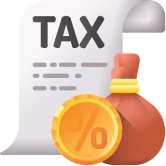
ELSS has
the least lock-in of 3 years compared to other tax-saving investment avenues...
ELSS has the least lock-in of 3 years compared to other tax-saving investment avenues, such as the Public Provident Fund (PPF), National Pension System (NPS), National Savings Certificate, ULIPs, 5-Year Tax Saver Bank FD, etc.

Offers you
the investor...
the investor, liquidity.

You could get
the most of your money (with dominant exposure to equities...
You could get the most of your money (with dominant exposure to equities, potentially better post-tax returns than most other tax-saving avenues).
Note, the lock-in period of 3 years instils the discipline of staying investing for the long term.
The tax implications of investing in ELSS
The deduction of up to Rs 1.50 lakh under Section 80C can be availed of only for the financial year in which the investment is made. Effectively, you could save up to Rs 46,800 per financial year, assuming you are in the highest tax bracket.But keep in mind, the deduction under Section 80C is available only when you opt for the Old Tax Regime.
The New Tax Regime, although may seem attractive for some individuals (in the lower income-tax brackets), however, it is devoid of exemptions and deductions. In other words, it does not incentivise you to make tax-saving investments. To imbibe the culture of investing for a bright financial future, it makes sense to opt for the Old Tax Regime and invest in ELSS, particularly if you are in the high-income-tax bracket. The capital gain made on ELSS is subject to short-term or capital gain tax, as the case may be. If the holding period in an ELSS is less than 12 months the Short Term Capital Gains are taxed at flat 15%. However, if the holding period is 12 months or above in the case of an equity-oriented fund, called Long Term Capital Gains, the realised gains over Rs 1 lakh with be taxed at @10%.
If you have opted for the IDCW option and dividends received are in excess of Rs 5,000 in the financial year, they will be subject to Tax Deducted at Source (TDS) as per Section 194K @10% for resident individuals, but if the PAN is not provided then @20%. In addition to the above, Health and Education Cess is levied at the rate of 4% on the amount of income-tax plus surcharge.
Who should invest in ELSS?
If one is a high-risk taker whose investment objective is capital appreciation, potentially looking to earn risk adjusted returns, and has an investment horizon of 3 years+, then ELSS (also known as tax-saving mutual funds) is a suitable choice among the tax-saving instruments. ELSS can help you complement investment planning with tax planning. The investment in ELSS can be made in a lump sum or the Systematic Investment Plan (SIP) mode, as suitable to you. So, be a thoughtful investor and save yourself from the axe of tax.
Know more about ELSS?
-
What is a Tax Saving Mutual Fund?
In this video we will explain what is tax saving mutual fund and how you can save taxes by investing in Quantum ELSS Tax Saver Fund?
-
Wealth Creation + Tax Savings through One Investment
Save tax and create wealth with Quantum ELSS Tax Saver Fund, an ELSS fund that allows you to create wealth and save taxes through one investment.
-
Invest Now or Wait for Nav Correction
March 2023 is coming around, what are you waiting for?
Product Labelling
| Name of the Scheme | This product is suitable for Investors who are seeking* | Risk-o-meter of Scheme |
|---|---|---|
|
Quantum ELSS Tax Saver Fund An Open Ended Equity Linked Saving Scheme with a Statutory Lock in of 3 years and Tax Benefit. |
• Long term capital appreciation • Invests primarily in equity and equity related securities of companies in S&P BSE 200 index and to save tax u/s 80 C of the Income Tax Act. Investments in this product are subject to lock in period of 3 years. |
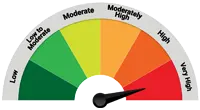
Investors understand that their principal will be at Very High Risk. |
*Investors should consult their financial advisers if in doubt about whether the product is suitable for them.
Disclaimer: The views expressed here in this Article / Video are for general information and reading purpose only and do not constitute any guidelines and recommendations on any course of action to be followed by the reader. Quantum AMC / Quantum Mutual Fund is not guaranteeing / offering / communicating any indicative yield on investments made in the scheme(s). The views are not meant to serve as a professional guide / investment advice / intended to be an offer or solicitation for the purchase or sale of any financial product or instrument or mutual fund units for the reader. The Article / Video has been prepared on the basis of publicly available information, internally developed data and other sources believed to be reliable. Whilst no action has been solicited based upon the information provided herein, due care has been taken to ensure that the facts are accurate and views given are fair and reasonable as on date. Readers of the Article / Video should rely on information/data arising out of their own investigations and advised to seek independent professional advice and arrive at an informed decision before making any investments. None of the Quantum Advisors, Quantum AMC, Quantum Trustee or Quantum Mutual Fund, their Affiliates or Representative shall be liable for any direct, indirect, special, incidental, consequential, punitive or exemplary losses or damages including lost profits arising in any way on account of any action taken basis the data / information / views provided in the Article / video.
Mutual fund investments are subject to market risks read all scheme related documents carefully.
Frequently Asked Questions
The investment objective of the scheme is to achieve long-term capital appreciation by investing primarily in shares of companies that will typically be included in the BSE 200 Index and are in a position to benefit from the anticipated growth and development of the Indian economy and its markets.
The following features are available in the scheme:
Systematic Investment Plan (SIP) (on an going basis): This feature enables investors to save and invest periodically over a long period of time. Click here to know more about SIP in detail.
Systematic Withdrawal Plan (SWP) (On an going basis): This feature enables an investor to withdraw amount/units from their holdings in the Scheme at periodic intervals through a one-time request. Click here to know more about SWP in detail.
Systematic Transfer Plan (STP) (On an going basis): This feature enables an investor to transfer fixed amounts from their accounts in the scheme to another scheme within a folio from time to time. Click here to know more about STP in detail.
Switch options: Click here to view switch matrix for the applicable NAV.
Triggers:
A trigger is facility that allows you to specify an exit target (linked to value or time) or to receive an update when the desired levels are reached. The moment this target is achieved, the trigger gets activated. There can be Alert triggers or Action trigger. Click here to view the FAQ on Trigger Facility.
The Benchmark Index for the Quantum ELSS Tax Saver Fund is Tier 1 BSE 500 - Total Return Index (TRI) and Tier 2 BSE 200 - Total Return Index (TRI) . It appropriately represents the returns from the BSE 500 BSE 200 Index since it includes the dividend received from the BSE 500 and 200 companies.
Mr. George Thomas Work experience: 6 years. He has been managing the fund since April 1, 2022.
Click here to view his complete profile.
Mr. Christy Mathai Work experience: 6.6 years. He has been managing this fund effective from November 23, 2022.
Click here to view his complete profile.
You can invest in following ways:
- Through our Login portal
- By submitting physical transaction requests offline
- Through your mobile phone/computer using Mobile App, SMS, WhatsApp, Email, Fax
- Through the stock exchange platform
- Through your financial advisor

